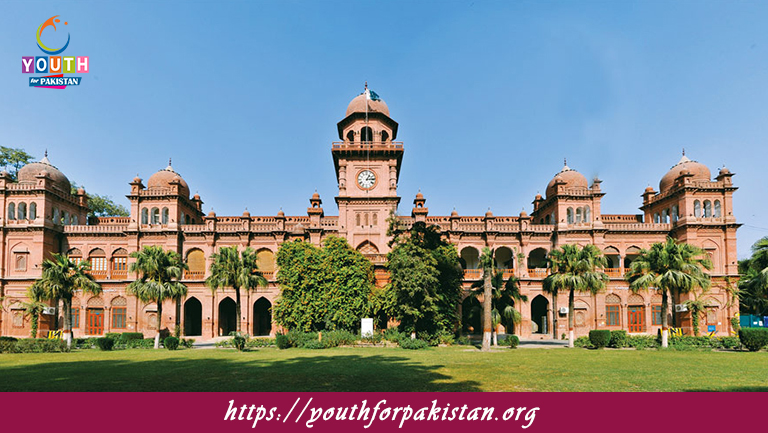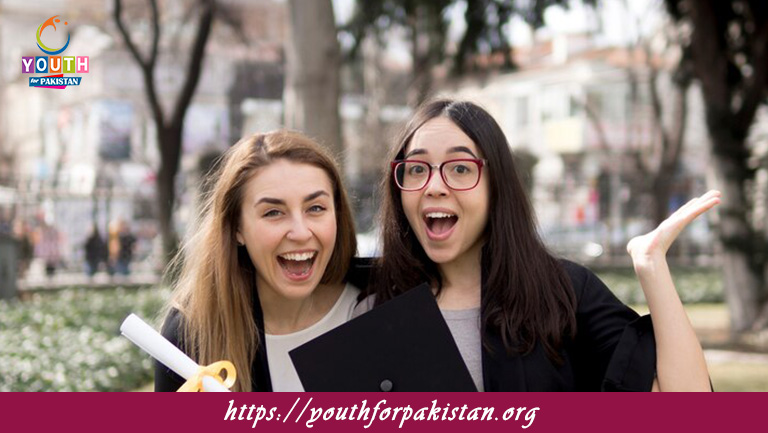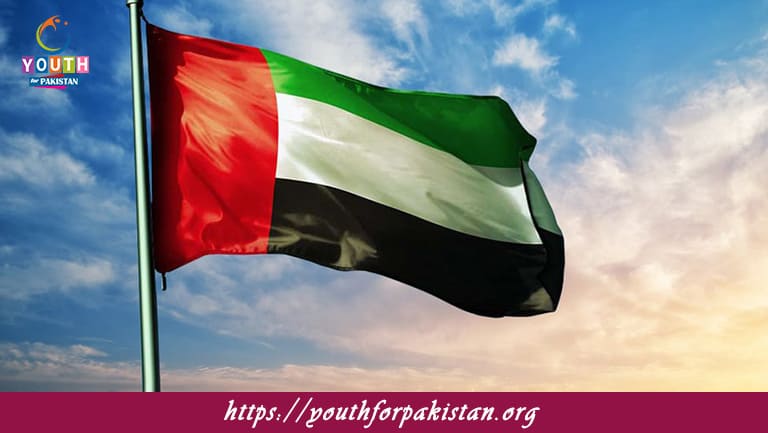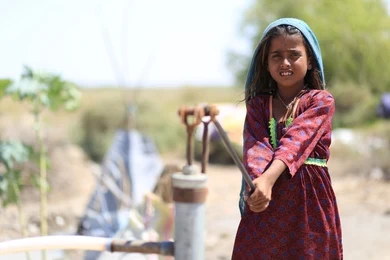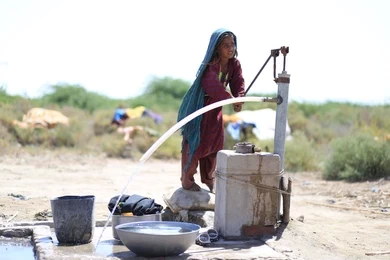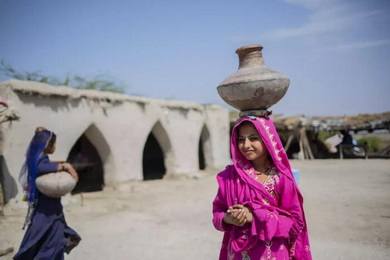Welcome to the Independence and Partition of Pakistan MCQs with Answers. In this post, we are sharing Independence and Partition of Pakistan Multiple Choice Questions and Answers in Pakistan General Knowledge section for various competitive exams in Pakistan. Find practice Independence and Partition of Pakistan practice test with answers here. Each question offers a chance to enhance your knowledge regarding Independence and Partition of Pakistan online MCQs Test.
The partition of British India into India and Pakistan took place in which year?
a) 1945
b) 1946
c) 1947
d) 1948
Which plan proposed the partition of British India into two separate nations, India and Pakistan?
a) Cripps Mission
b) Mountbatten Plan
c) Simon Commission
d) Cabinet Mission
Who was the last British Viceroy of India responsible for overseeing the transition of power and the partition?
a) Lord Mountbatten
b) Lord Curzon
c) Lord Dalhousie
d) Lord Cornwallis
The Radcliffe Line demarcated the boundaries between which two nations?
a) India and China
b) India and Nepal
c) India and Pakistan
d) Pakistan and Afghanistan
Which Indian leader played a significant role in the negotiations leading to the partition and the creation of Pakistan?
a) Jawaharlal Nehru
b) Mahatma Gandhi
c) Vallabhbhai Patel
d) Muhammad Ali Jinnah
The two-nation theory, which formed the basis for the creation of Pakistan, was proposed by whom?
a) Mahatma Gandhi
b) Jawaharlal Nehru
c) Muhammad Iqbal
d) Maulana Abul Kalam Azad
The Indian Independence Act, which provided for the partition of India, was passed by the British Parliament in which year?
a) 1945
b) 1946
c) 1947
d) 1948
The princely state of Jammu and Kashmir chose to accede to which country after the partition of British India?
a) India
b) Pakistan
c) China
d) Nepal
The Radcliffe Line divided the province of Punjab into East Punjab, which went to India, and West Punjab, which became part of which country?
a) India
b) Pakistan
c) China
d) Nepal
The partition of Bengal in 1947 resulted in the creation of which two separate entities?
a) West Bengal and East Bengal
b) West Bengal and Bangladesh
c) East Bengal and Assam
d) East Bengal and West Pakistan
The violence and mass migration during the partition of British India resulted in the displacement of millions of people. This period is known as:
a) The Great Migration
b) The Exodus
c) The Transfer of Power
d) The Partition Riots
The first Governor-General of Pakistan after independence was:
a) Muhammad Ali Jinnah
b) Liaquat Ali Khan
c) Khawaja Nazimuddin
d) Iskander Mirza
The first Prime Minister of Pakistan after independence was:
a) Muhammad Ali Jinnah
b) Liaquat Ali Khan
c) Khawaja Nazimuddin
d) Huseyn Shaheed Suhrawardy
The city of Lahore, which was part of British India, became a part of which country after the partition?
a) India
b) Pakistan
c) Bangladesh
d) Nepal
The Radcliffe Line divided the province of Bengal into West Bengal, which became part of India, and East Bengal, which later became which country?
a) India
b) Pakistan
c) Bangladesh
d) Myanmar
The Indian Independence Act of 1947 granted independence to both India and Pakistan and officially ended the British colonial rule in the region. This act was based on the recommendations of which commission?
a) Cripps Mission
b) Simon Commission
c) Cabinet Mission
d) Mountbatten Commission
The mass migration of Hindus and Sikhs from Pakistan to India, and Muslims from India to Pakistan, during the partition is known as:
a) The Exodus
b) The Great Migration
c) The Transfer of Population
d) The Population Exchange
The first capital of Pakistan after independence was:
a) Lahore
b) Karachi
c) Islamabad
d) Dhaka
The Muslim League, under the leadership of whom, demanded a separate nation for Muslims, which eventually led to the creation of Pakistan?
a) Liaquat Ali Khan
b) Khawaja Nazimuddin
c) Muhammad Ali Jinnah
d) Huseyn Shaheed Suhrawardy
The princely state of Hyderabad, located in the central-southern region of the Indian subcontinent, acceded to which country after the partition of British India?
a) India
b) Pakistan
c) China
d) Nepal
The Radcliffe Line was drawn by whom to demarcate the boundaries between India and Pakistan?
a) Lord Mountbatten
b) Cyril Radcliffe
c) Jawaharlal Nehru
d) Muhammad Ali Jinnah
The region of Sindh, which was part of British India, became a part of which country after the partition?
a) India
b) Pakistan
c) Bangladesh
d) Nepal
The partition of British India was primarily based on religious lines, leading to the creation of India, a Hindu-majority nation, and Pakistan, a Muslim-majority nation. This policy was known as:
a) Two-Nation Policy
b) Hindu-Muslim Policy
c) Partition Policy
d) Religious Partition Policy
The Radcliffe Line, which demarcated the boundaries between India and Pakistan, did not include which region, leading to future conflicts between the two countries?
a) Punjab
b) Kashmir
c) Bengal
d) Sindh
The Indian Independence Act of 1947 gave the princely states the option to join either India or Pakistan or to remain independent. The ruler of which princely state initially hesitated to accede to either India or Pakistan?
a) Jammu and Kashmir
b) Hyderabad
c) Junagadh
d) Bhopal
The province of Balochistan, located in the southwestern region of the Indian subcontinent, became part of which country after the partition?
a) India
b) Pakistan
c) Afghanistan
d) Iran
The partition of British India resulted in the displacement of approximately how many people, making it one of the largest human migrations in history?
a) 5 million
b) 10 million
c) 15 million
d) 20 million
The province of Bengal, which was under British rule, was divided along religious lines, leading to the creation of which two separate entities?
a) East Bengal and West Bengal
b) East Bengal and Assam
c) West Bengal and Bihar
d) East Bengal and Orissa
The region of Punjab, which was under British rule, was divided along religious lines, leading to the creation of which two separate entities?
a) East Punjab and West Punjab
b) East Punjab and Haryana
c) West Punjab and Himachal Pradesh
d) East Punjab and Rajasthan
The princely state of Junagadh, located in the western region of the Indian subcontinent, acceded to which country after the partition of British India?
a) India
b) Pakistan
c) China
d) Nepal
The princely state of Bhopal, located in central India, acceded to which country after the partition of British India?
a) India
b) Pakistan
c) China
d) Nepal
The princely state of Travancore, located in the southern region of the Indian subcontinent, acceded to which country after the partition of British India?
a) India
b) Pakistan
c) Sri Lanka
d) Maldives
The princely state of Manipur, located in the northeastern region of the Indian subcontinent, acceded to which country after the partition of British India?
a) India
b) Pakistan
c) Myanmar
d) Bhutan
The princely state of Sikkim, located in the northeastern region of the Indian subcontinent, acceded to which country after the partition of British India?
a) India
b) Pakistan
c) China
d) Nepal
The princely state of Kalat, located in the southwestern region of the Indian subcontinent, acceded to which country after the partition of British India?
a) India
b) Pakistan
c) Afghanistan
d) Iran
The princely state of Bahawalpur, located in the southeastern region of the Pakistani territory, acceded to which country after the partition of British India?
a) India
b) Pakistan
c) China
d) Nepal
The princely state of Chitral, located in the northern region of the Pakistani territory, acceded to which country after the partition of British India?
a) India
b) Pakistan
c) China
d) Afghanistan
The princely state of Hunza, located in the northern region of the Pakistani territory, acceded to which country after the partition of British India?
a) India
b) Pakistan
c) China
d) Afghanistan
The princely state of Swat, located in the northern region of the Pakistani territory, acceded to which country after the partition of British India?
a) India
b) Pakistan
c) China
d) Afghanistan
The princely state of Amb, located in the northern region of the Pakistani territory, acceded to which country after the partition of British India?
a) India
b) Pakistan
c) China
d) Nepal
The princely state of Dir, located in the northern region of the Pakistani territory, acceded to which country after the partition of British India?
a) India
b) Pakistan
c) China
d) Afghanistan
The princely state of Khairpur, located in the southeastern region of the Pakistani territory, acceded to which country after the partition of British India?
a) India
b) Pakistan
c) China
d) Nepal
The princely state of Kharan, located in the southwestern region of the Pakistani territory, acceded to which country after the partition of British India?
a) India
b) Pakistan
c) Afghanistan
d) Iran
The princely state of Las Bela, located in the southwestern region of the Pakistani territory, acceded to which country after the partition of British India?
a) India
b) Pakistan
c) Afghanistan
d) Iran
The princely state of Makran, located in the southwestern region of the Pakistani territory, acceded to which country after the partition of British India?
a) India
b) Pakistan
c) Afghanistan
d) Iran
The Lahore Resolution, which eventually led to the creation of Pakistan, was passed in which year?
a) 1938
b) 1940
c) 1942
d) 1945
The Pakistan Resolution was proposed by which prominent Muslim political leader?
a) Liaquat Ali Khan
b) Allama Iqbal
c) Muhammad Ali Jinnah
d) Maulana Abul Kalam Azad
The Indian Independence Act, which led to the partition of British India into India and Pakistan, was passed in which year?
a) 1945
b) 1946
c) 1947
d) 1948
The Radcliffe Line, demarcating the boundary between India and Pakistan, was announced in which year?
a) 1945
b) 1946
c) 1947
d) 1948
The first Governor-General of Pakistan was:
a) Liaquat Ali Khan
b) Muhammad Ali Jinnah
c) Jawaharlal Nehru
d) Lord Mountbatten
The first Prime Minister of Pakistan was:
a) Liaquat Ali Khan
b) Muhammad Ali Jinnah
c) Jawaharlal Nehru
d) Lord Mountbatten
The two-nation theory, which formed the basis for the creation of Pakistan, was proposed by:
a) Liaquat Ali Khan
b) Allama Iqbal
c) Muhammad Ali Jinnah
d) Maulana Abul Kalam Azad
The Mountbatten Plan proposed the division of British India into how many independent dominions?
a) One
b) Two
c) Three
d) Four
The princely state of Jammu and Kashmir acceded to which country during the partition?
a) India
b) Pakistan
c) Both India and Pakistan
d) None of the above
The partition of Bengal in 1947 led to the creation of which country?
a) India
b) Pakistan
c) Both India and Pakistan
d) None of the above
The Radcliffe Line divided the province of Punjab into how many parts?
a) One
b) Two
c) Three
d) Four
The Radcliffe Line divided the province of Bengal into how many parts?
a) One
b) Two
c) Three
d) Four
The Radcliffe Line was drawn by which British lawyer and judge?
a) Lord Mountbatten
b) Sir Cyril Radcliffe
c) Lord Wavell
d) Lord Irwin
The first census after the partition of India was conducted in which year?
a) 1947
b) 1948
c) 1950
d) 1951
The Radcliffe Line divided the province of Sindh between which two countries?
a) India and Pakistan
b) Pakistan and Afghanistan
c) Pakistan and Iran
d) Pakistan and China
The Radcliffe Line divided the province of Assam between which two countries?
a) India and Pakistan
b) Pakistan and Afghanistan
c) Pakistan and Iran
d) Pakistan and China
The Indian Independence Act was based on the:
a) Mountbatten Plan
b) Cripps Mission
c) Wavell Plan
d) Simon Commission
The Muslim League observed the “Direct Action Day” on which date to protest against the British and demand the creation of Pakistan?
a) August 14, 1946
b) August 16, 1946
c) August 19, 1946
d) August 22, 1946
The boundary demarcation between East Pakistan (now Bangladesh) and India was known as the:
a) Radcliffe Line
b) Durand Line
c) Redcliffe Line
d) McMohan Line
The partition of India resulted in one of the largest migrations in history, with millions of people moving between which two countries?
a) India and Sri Lanka
b) India and Bangladesh
c) India and Nepal
d) India and Pakistan
The partition of India was primarily based on the religious divide between which two communities?
a) Hindus and Muslims
b) Hindus and Sikhs
c) Muslims and Sikhs
d) Muslims and Christians
The division of assets and liabilities between India and Pakistan was outlined in the:
a) Mountbatten Plan
b) Indian Independence Act
c) Radcliffe Award
d) Karachi Agreement
The Radcliffe Line divided the province of Baluchistan between which two countries?
a) India and Pakistan
b) Pakistan and Afghanistan
c) Pakistan and Iran
d) Pakistan and China
The Radcliffe Line divided the province of Khyber Pakhtunkhwa between which two countries?
a) India and Pakistan
b) Pakistan and Afghanistan
c) Pakistan and Iran
d) Pakistan and China
The princely state of Hyderabad acceded to which country during the partition?
a) India
b) Pakistan
c) Both India and Pakistan
d) None of the above
The princely state of Junagadh acceded to which country during the partition?
a) India
b) Pakistan
c) Both India and Pakistan
d) None of the above
The princely state of Manavadar acceded to which country during the partition?
a) India
b) Pakistan
c) Both India and Pakistan
d) None of the above
The princely state of Kalat acceded to which country during the partition?
a) India
b) Pakistan
c) Both India and Pakistan
d) None of the above
The princely state of Bahawalpur acceded to which country during the partition?
a) India
b) Pakistan
c) Both India and Pakistan
d) None of the above
The Radcliffe Line divided the province of Rajasthan between which two countries?
a) India and Pakistan
b) Pakistan and Afghanistan
c) Pakistan and Iran
d) India and China
The Radcliffe Line divided the province of Gujarat between which two countries?
a) India and Pakistan
b) Pakistan and Afghanistan
c) Pakistan and Iran
d) India and China
The princely state of Bhopal acceded to which country during the partition?
a) India
b) Pakistan
c) Both India and Pakistan
d) None of the above
The princely state of Travancore acceded to which country during the partition?
a) India
b) Pakistan
c) Both India and Pakistan
d) None of the above
The princely state of Jodhpur acceded to which country during the partition?
a) India
b) Pakistan
c) Both India and Pakistan
d) None of the above
The princely state of Jaisalmer acceded to which country during the partition?
a) India
b) Pakistan
c) Both India and Pakistan
d) None of the above



